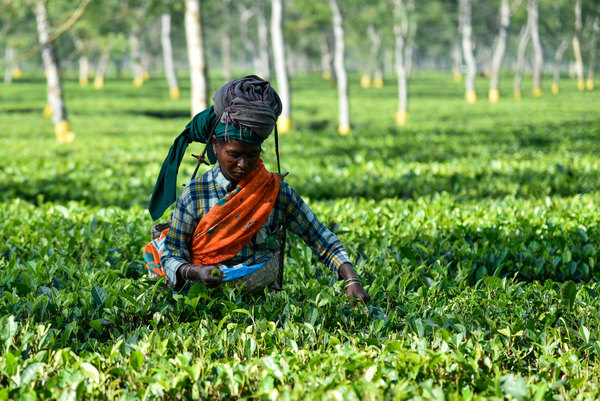Whales – wanted dead or alive?
Whales are featuring heavily in science and environmental news at the moment, as the annual meeting of the International Whaling Commission proceeds in Santiago, Chile. As always, feelings have been running high in both the pro- and anti-whaling camps. In the first vote of the meeting, Greenland has been denied the right to catch 10…
Living on the edge – A kind of madness!!!
Although we’re enjoying and praising the few sunny days we’ve been experiencing, in Oxfordshire lately, some of us will still remember the downpour and flooding, we experienced recently and, even more recently, in Illinois, USA. I for one remember being a mix of excited and scared about driving through the river which suddenly appeared on…
Getting married? Got butterflies?
While awareness of invasive species and the impact they have on the natural environment is a hot topic, I recently read an article, on a warm and related topic if you will, about butterfly releases at weddings: ‘Are butterfly releases at weddings a conservation concern or opportunity?’ by T. R. New. And it got me…
Google Earth: Disappearing Forests
Most people who work at CABI know that I am a bit of a geek, especially when it comes to statistics and data visualisation, but now even more so since the release of the Google Earth API and thematic mapping. Anyway, back to the point, I was doing a search for new "environmental science" projects…
Forests in Flux
Forests play an integral role in the Earth’s climate, and each forest type – tropical, temperate and boreal – has varying impacts on the climate, serving to both cool and warm the Earth. Credit: Nicolle Rager Fuller, National Science Foundation. Last Friday Science published their special issue entitled ‘Forests in Flux’. The issue focuses on…
Could new biofuel crops become invasive?
According to a blog I read in the New York Times (NYT) online this could be the case. Following evidence that biofuel crops compete with food crops, defenders of farm grown crops say the eventual goal is to shift away from sources like maize toward plants harvested for their cellulose, which would end…
The International Day for Biological Diversity – 22 May 2008
Biodiversity and Agriculture is the theme for 2008’s International Day for Biological Diversity. Agriculture is a key example of how human activities have profound impacts on the ecosystems of our planet. This year’s day seeks to highlight the importance of sustainable agriculture not only to preserve biodiversity, but also to ensure that we will be…
Convention on Biological Diversity
Thanks to Luigi over at Agricultural Biodiversity Weblog for this quick note. The COP9 meeting is currently in session in Bonn, Germany from 19 to 30 May 2008. Among the topics on the agenda is agricultural biodiversity and plant conservation. You can watch some of the sessions online if you can not get to the…
English wildlife “under siege”!
I was a bit surprised this morning to hear on the radio that England’s wildlife is "under siege" – this seemed a little melodramatic straight after news stories of China’s earthquake victims. Still, it did catch my attention. They were talking about the results of Natural England’s State of the Natural Environment report published today.…
Biodiversity suffers as resource use increases
More than a quarter of the world’s biodiversity has been lost in the last 35 years according to a World Wildlife Fund (WWF) report, compiled by the Zoological Society London (ZSL).


